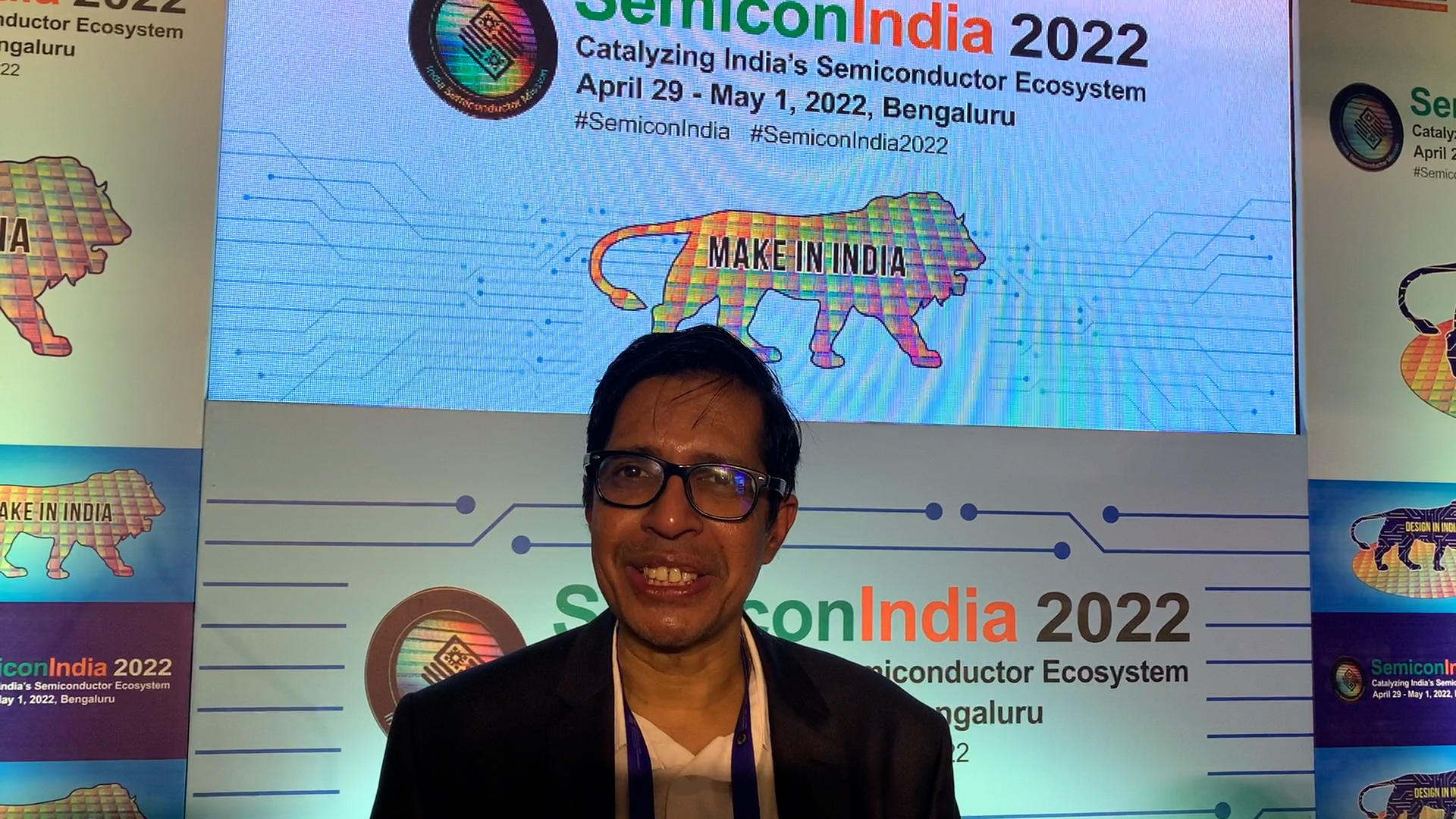BENGALURU: Consider this: You pick up any mobile phone or a smart wearable device and there’s a 90 per cent chance it contains at least one IIT Madras processor from India in the next five years.
After producing the indigenous industrial-grade microprocessor Shakti in 2018, India is on course to roll out an n-core processor DIR-V – named after its project Digital India RISC-V for building next-generation microprocessors to achieve commercial silicon and design wins.
This processor will stop hacks from China and will compete against Intel’s Atom and UK’s ARM to handle applications of health care, advanced robotics and mobile internet devices.
These disclosures were made at Semicon 2022, a three-day event by the ministry of electronics and information technology (MEITY) in Bengaluru.
“DIR5 is a merger of all RISC 5 efforts across India now. We are making a certain class of processors and CDAC is also making a class of processors. We will complement each other. Similarly, several Indian startups are also focusing on this. We are looking at producing the first silicon byte – commercial and large scale product by December 2023,” Prof V Kamakoti, Director, IIT Madras, and the chief architect of the DIR-V program, told The New Indian.
Such was the palpable excitement in the air during the announcement that MoS Rajeev Chandrasekhar joked with industry titans at the media hall, saying that: “If we all saw Intel Inside as the ad of 1980s and 90s, soon we will have DIR-V Inside outside several products in the world.”
Chandrasekhar’s remarks saw heads turn at the event as he went on to sign several MoUs between IISC, IIT-Madras, Japanese tech major Sony and American company SEMI.
A huge team of 200-plus scientists from IIT madras, five start-up companies incubated by the same IIT and 20 other companies are working to build DIR5, a key move when India has seen top companies applying for fabrication plants – semiconductor fab and glass design fab – to manufacture chips under an Indian banner name.
One of the hallmarks of DIR5 will also be its dimensions, the scientists and engineers working on its R&D said.
“We are looking at something like 22 nm, which will be 4 sq mm for a single-core processor. We are also looking at 7 nm, which will be less than an sq nm for a single core,” Prof Kamakoti said.
The stakes are high in the market for electronic devices, but the opportunity is massive.
“During the last four years, there has been a movement towards domain-specific architecture. This means that type of processors and the chips we manufacture would now be useful in domains like automotive, agriculture, point of sale (POS) or strategic defence. So, we are working on this microprocessor now. It will be as good as any contemporary. We will be looking at n-core (8 or 16 core), with a large amount of cache memory that will have functionalities to handle security and vulnerability. Sufficient protection would be provided in the architecture,” Prof Kamakoti said.
“We will introduce a layer called Secureveer, that has been incubated by IIT Madras, between Android layer and hardware. This is also India’s first separation kernel. We have already tested it on Intel and RIS5,” he added.
The commercial uses of this processor will also be among set-top boxes, a smart meter or even a BLDC fan.
While both ARM and Intel rose to the helm of the computer industry due to their processor designs, they also banked upon talent from India.
Both companies guard their processor designs but have in the past licensed their designs even to their rivals against which they compete.
At this stage, many believe that events like Semicon have the fancy of top giants of the US and South Asia to see the potential in the Indian semiconductor market.
“Two big Indian major players – Tata and Vedanta have entered the fab market by applying for it. It’s a good beginning. Since China doesn’t make it, it’s Taiwan that does it, and India has a huge potential now. We’re looking at demand creation, design making, and device making. Chips that will load the fab. We will soon be able to package the chips. There is a ready market in the world now. Package of incentives from the government is a welcome step,” said PVG Menon, senior semiconductor expert and analyst, who served at IESA and several multinational companies.

